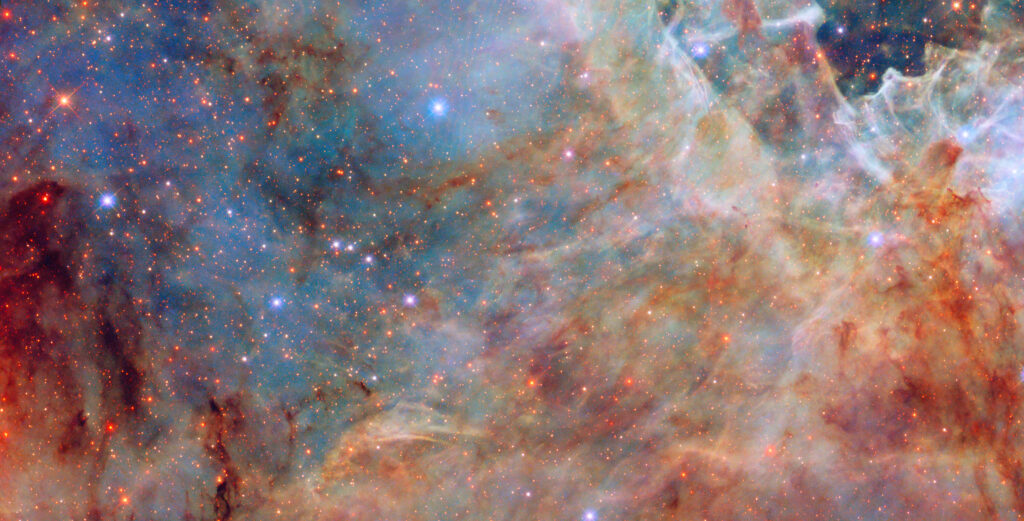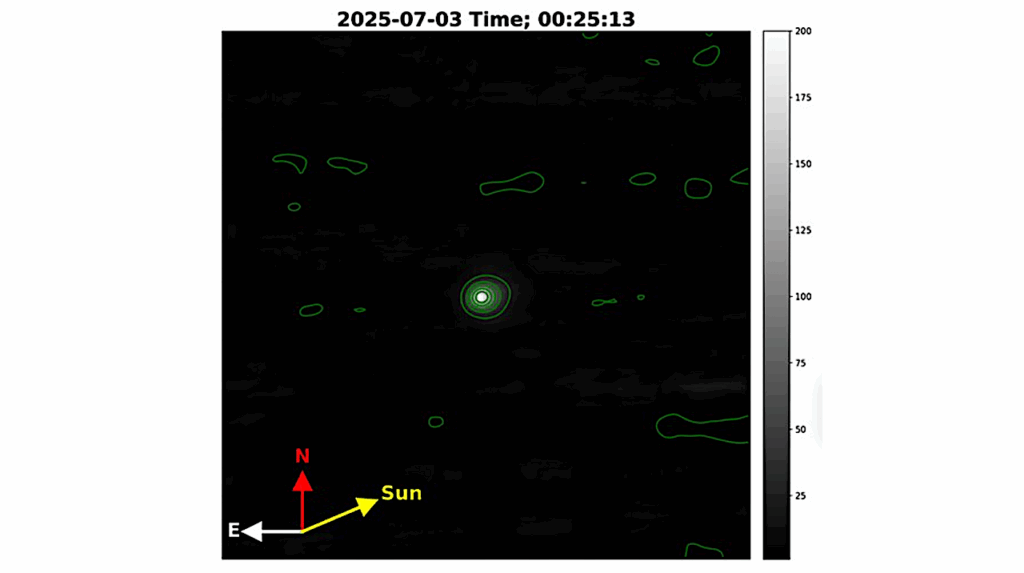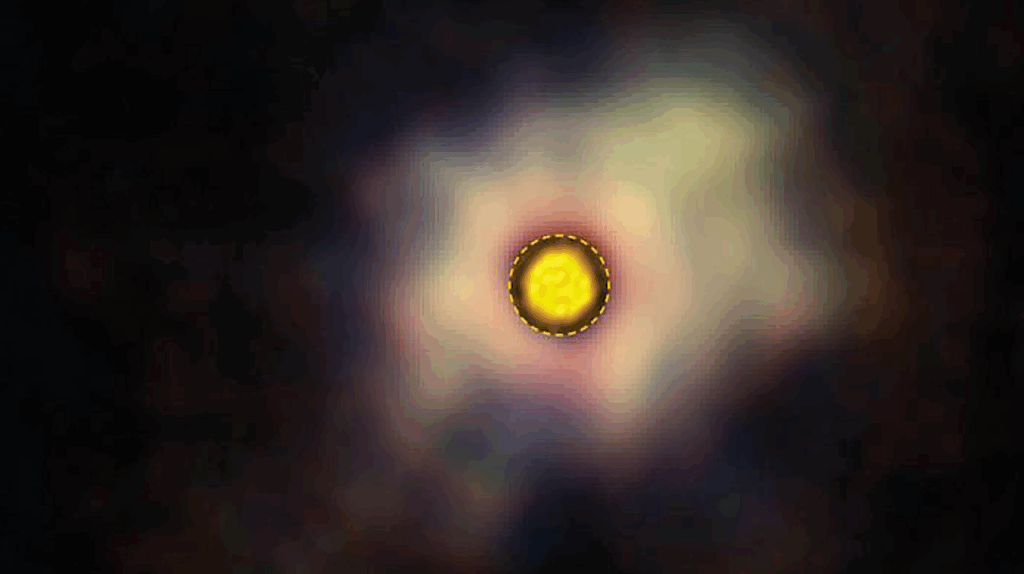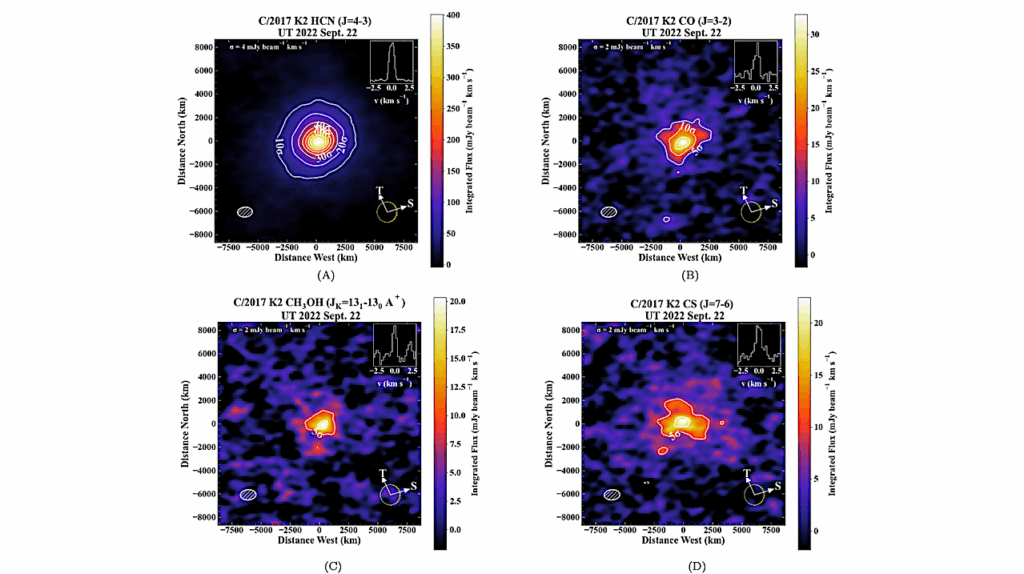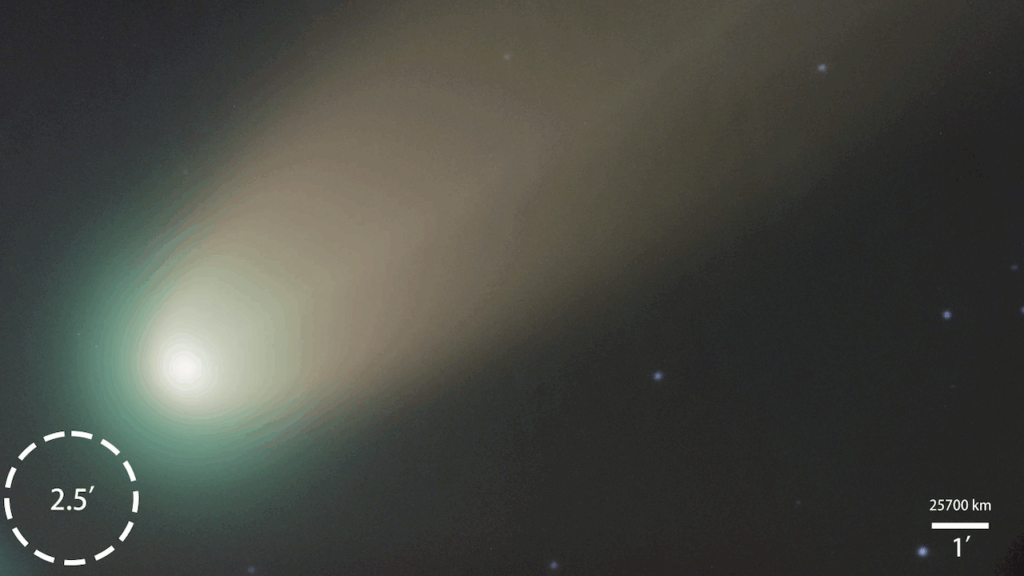Efficient Photochemistry of Coronene: Water Complexes

The photochemistry of ices with polycyclic aromatic hydrocarbons (PAHs) has been extensively studied, but to date no investigation has been made of PAHs in interaction with low numbers (n < 4) of molecules of water.
We performed photochemical matrix isolation studies of coronene:water complexes, probing the argon matrix with FTIR spectroscopy. We find that coronene readily reacts with water upon irradiation with a mercury vapour lamp to produce oxygenated PAH photoproducts, and we postulate a reaction mechanism via a charge transfer Rydberg state.
This result suggests that oxygenated PAHs should be widely observed in regions of the ISM with sufficiently high water abundances, for example near the edges of molecular clouds where water molecules begin to form, but before icy layers are observed, that is at AV <3. In order to explain the low derived observational abundances of oxygenated PAHs, additional destruction routes must be invoked.
J. A. Noble, C. Jouvet, C. Aupetit, A. Moudens, J. Mascetti
(Submitted on 9 Dec 2016)
Comments: 5 pages, 5 figures, accepted for publication in A&A
Subjects: Astrophysics of Galaxies (astro-ph.GA); Earth and Planetary Astrophysics (astro-ph.EP)
Cite as: arXiv:1612.03008 [astro-ph.GA] (or arXiv:1612.03008v1 [astro-ph.GA] for this version)
Submission history
From: Jennifer Noble
[v1] Fri, 9 Dec 2016 13:15:57 GMT (570kb,D)
https://arxiv.org/abs/1612.03008



